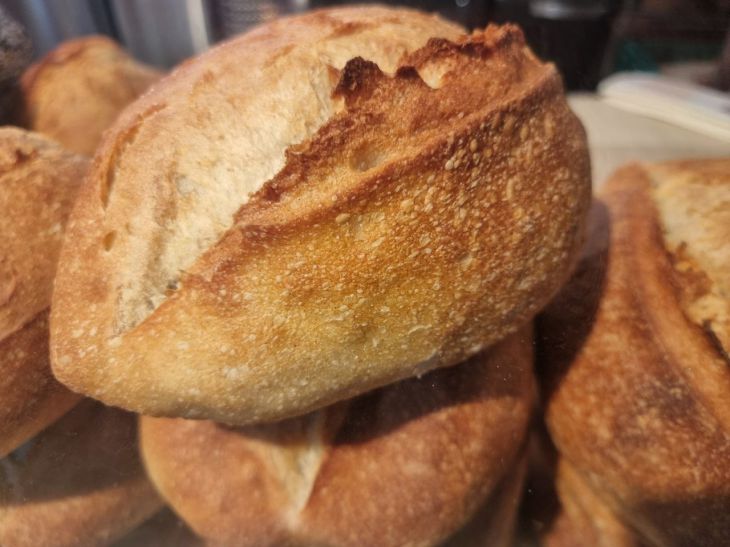In the age of smart ovens and silicone molds, old methods seem like a thing of the past.
But the technique of wrapping dough in a wet towel is experiencing a renaissance.
Baker Jeffrey Hamelman , author of Bread: A Baker's Book of Techniques, explains:

"The damp fabric creates a microenvironment where the yeast works more slowly and the gluten has time to develop elasticity."
The scientific approach reveals the details. The evaporation of water from the surface of the towel maintains high humidity around the dough, which prevents the formation of a dry crust during the proofing stage.
Researchers at Baking Science and Technology compared this method with professional proofers: the difference in crumb structure was less than 5%.
Historically, this technique was used in villages where there was no temperature control.
The dough was wrapped in a cloth soaked in warm water and placed near the oven.
Modern enthusiasts like those at The Bread Bakers Guild have adapted the method for urban kitchens.
"I put the dough in a bowl, cover it with a damp towel and put it in the microwave with a mug of boiling water," shares forum user u/SourdoughLover.
An experiment conducted by America's Test Kitchen showed that bread that was proofed under a wet towel had a 15% more porous structure.
“It’s like comparing a sponge and a waffle,” the host commented.
